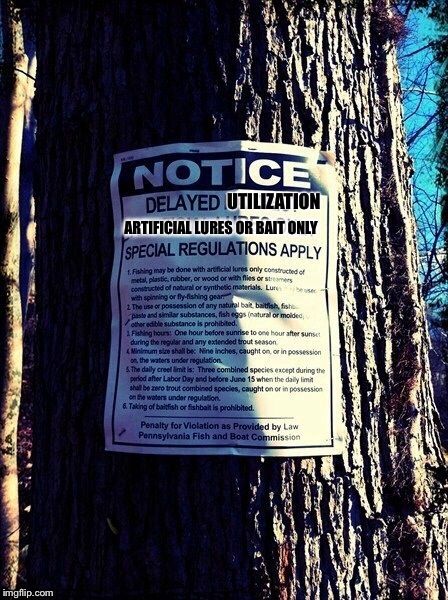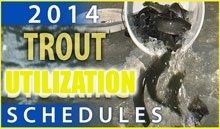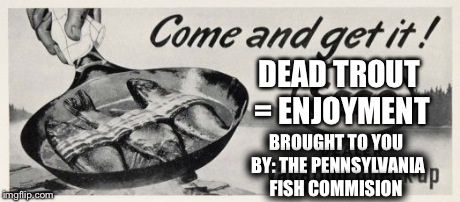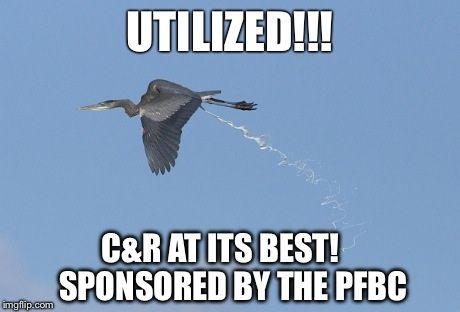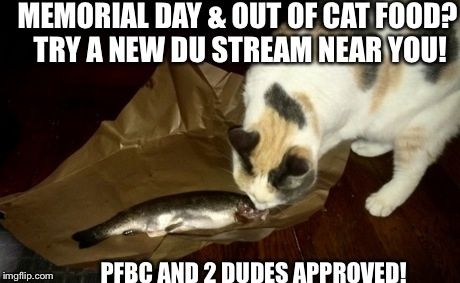TCOtony
New member
- Joined
- Jun 14, 2010
- Messages
- 11
In the 30 years that i have fished the Tully... i can honestly say that i have yet to see a fish kill! Whether that is from heat exhaustion or from water quality. I don't think a yearly closed time on the Tully makes sense... BUT I do think that we can be more proactive and put signs and such at all parking areas to let anglers know that during drought years and very warm temps that anglers should NOT be fishing. Some people might still choose to fish... but it would at least educate those that don't know.

